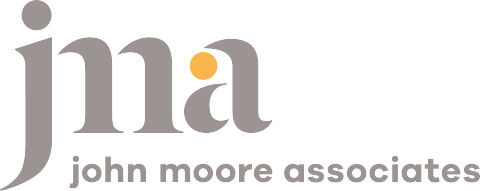Tax Incentives Are Not A Sin | Part Two
Share This Insight

Published on Monday, June 26, 2017
Written By Brian Cochran, CFP®, Certified Kingdom Advisor® Financial Planner
Part 2 in a 3 Part Series
Our reflection on tax season continues along our theme, Tax Incentives Are Not A Sin. In part one of our three-part series on tax reduction strategies, we explored ways you can save taxes by giving to others. Now, we turn our attention to strategies that help reduce taxes as you save for the future.
Throughout the second half the 20th century, lawmakers passed legislation to provide tax advantages for saving for retirement. In an attempt to incentivize saving for retirement, we now have many retirement savings tools to help meet the needs of our economically diverse country. Despite the numerous tax-incentivized solutions for saving, most Americans are generally uneducated and extremely unprepared when it comes to retirement.
Everyone should consider regularly saving for retirement using a plan with tax benefits. For many working Americans, the best place to start is with a company-sponsored plan such as a 401k, 403b or 457. In 2017, you can contribute $18,000 to such employer plans with an additional $6,000 allowed for employees over 50 years old. The typical retirement plan offers pre-tax savings for retirement, meaning that every dollar you save reduces your taxable income. Some employer plans offer a Roth IRA option, with which your investment grows tax-free, rather than reducing your taxable income.
If you don’t have access to an employer plan, look at self-employed plans such as SIMPLE or SEP IRAs. The John Moore Associates team is happy to explain the difference between these two plans, and evaluate which is best for you. The Traditional IRA or Roth IRA may also be options to consider. You can contribute $5,500 in 2017 plus an additional$1,000 for individuals over 50 years old. Your eligibility to contribute to an IRA or Roth IRA is determined by your income.
“How much should I be saving for retirement?” is an extremely common question. The amount you should save is based on your retirement timeline and income. Everyone has a different amount they should save based on their timelines, but I offer these general guidelines based on a percentage of your income:
- In your 20’s, save up to your employer match or 5%
- In your 30’s, save 10%
- In your 40’s, save 15%
- In your 50’s, maximize your employer plan
Retirement savings can seem complex and overwhelming. Contact John Moore Associates to learn more about how we help families prepare for retirement.
The information herein has been obtained from sources considered to be reliable, but we do not guarantee that the foregoing material is accurate or complete. Any information is not a complete summary or statement of all available data necessary for making an investment decision and does not constitute a recommendation. Any opinions are those of Brian Cochran and not necessarily those of RJFS or Raymond James. Please note, changes in tax laws or regulations may occur at any time and could substantially impact your situation. While we are familiar with the tax provisions of the issues presented herein, as Raymond James financial advisors, we are not qualified to render advice on tax or legal matters. You should discuss any tax or legal matters with the appropriate professional. Opinions expressed in the attached article are those of the author and are not necessarily those of Raymond James. All opinions are as of this date and are subject to change without notice. Links are being provided for information purposes only. Raymond James is not affiliated with and does not endorse, authorize or sponsor any of the listed websites or their respective sponsors. Raymond James is not responsible for the content of any website or the collection of or use of information regarding any website's users and/or members.
Subscribe for More Financial Insights
Never miss a post. Receive notifications by email whenever we post a new JMA Insight.
